For centuries, archaeologists have stumbled upon tombs that hold far more than just human remains. These discoveries often contain extraordinary artifacts that reveal lost skills, beliefs, and trade secrets of civilizations long gone. This article lists some of the most fascinating treasures unearthed from ancient burial sites.
Tutankhamun’s Golden Mask
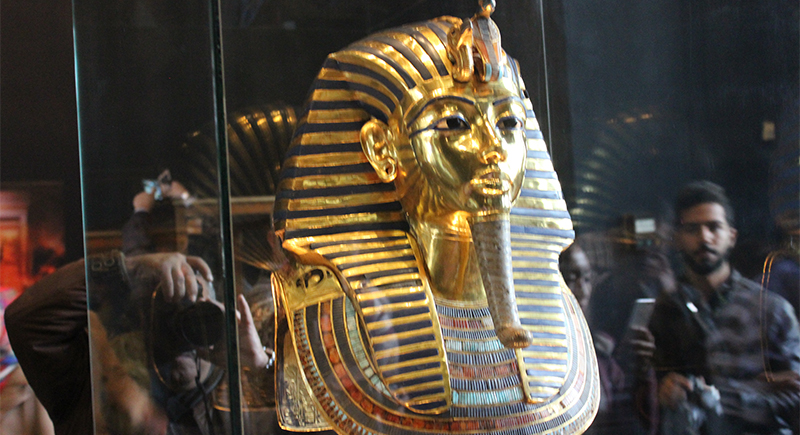
When Howard Carter opened King Tutankhamun’s tomb in 1922, he found a gold mask placed directly over the young pharaoh’s head. Inlaid with lapis lazuli and quartz, the mask showed precise artistry. Its value is incalculable not only for the gold but for the way it preserves Egypt’s ancient funerary ideals.
Terracotta Army Of Qin Shi Huang
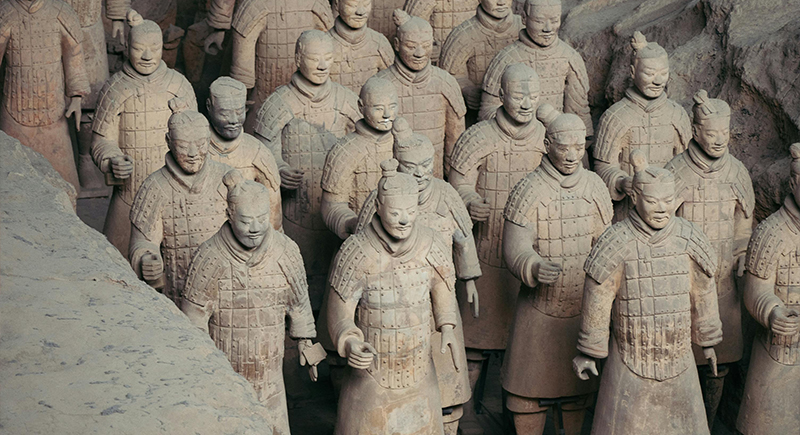
Farmers digging a well in 1974 in Shaanxi, China, struck solid clay instead of water. What they uncovered became known as the Terracotta Army, thousands of officers, horses, and chariots meant to protect Emperor Qin Shi Huang. Each figure carries unique facial features and gear.
Royal Tombs Of Ur
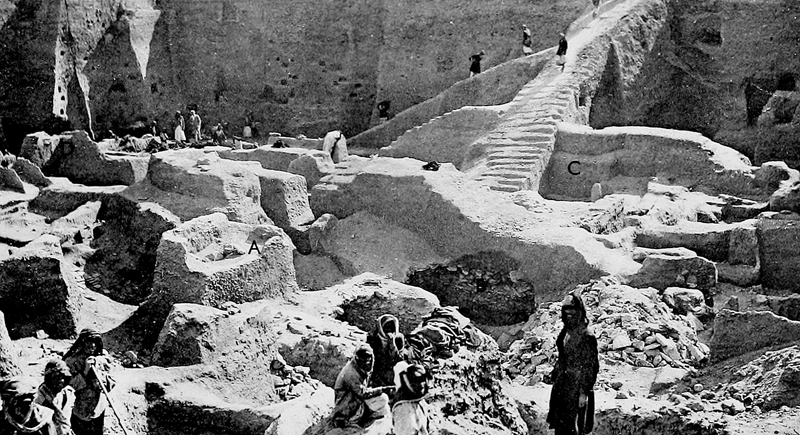
Known as the Royal Tombs of Ur, the burial chambers date back to Sumerian civilization around 2600 BCE. It was when Leonard Woolley led excavations in modern-day Iraq in the 1920s and found royal graves packed with objects: lyres with gold inlay, delicate headdresses, and intricate cups.
The Mask Of Agamemnon
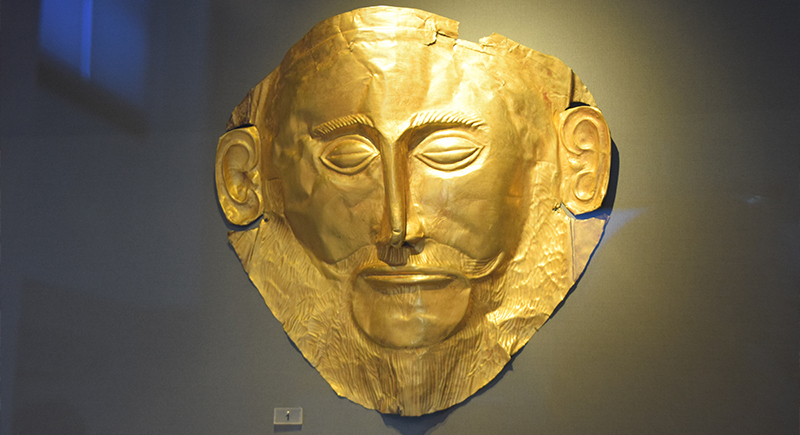
Heinrich Schliemann believed he had unearthed the legendary King Agamemnon in Mycenae, Greece, when he lifted a gold mask in 1876. Whether it belonged to Agamemnon remains debated, but its craftsmanship tells a story of a culture skilled in metalwork. Its almond-shaped eyes and fine contours offer a rare, preserved glimpse into Bronze Age artistry.
The Nefertiti Bust
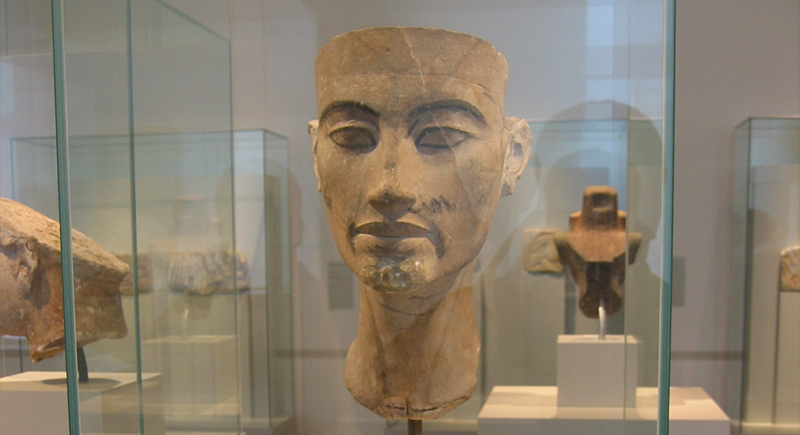
Found in Amarna, Egypt, the sculpture reveals the queen’s refined features and distinctive headdress. Ludwig Borchardt’s team uncovered the limestone bust of Nefertiti in 1912. Though not crafted of gold, the bust carries unmatched artistic value and is one of the most reproduced pieces of ancient art worldwide.
King Tutankhamun’s Dagger
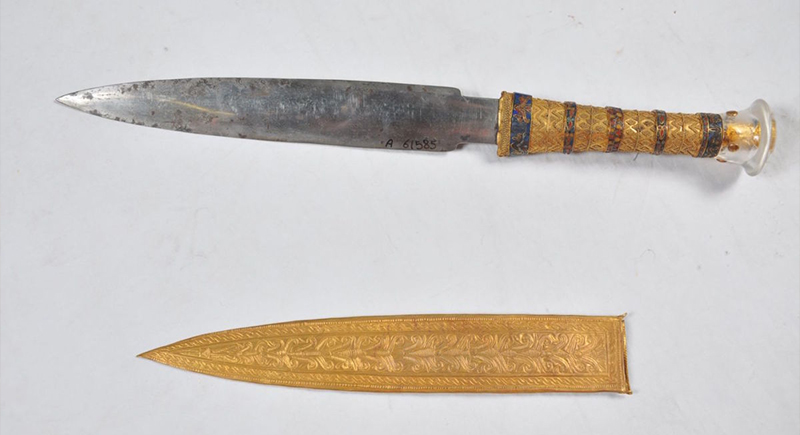
Hidden within King Tutankhamun’s wrappings was an iron blade that science later confirmed came from a meteorite. The dagger’s handle, wrapped in gold and fine decoration, points to advanced metallurgy well beyond what Egypt commonly used at the time. Researchers see it as proof of early experimentation with rare materials.
The Sutton Hoo Helmet
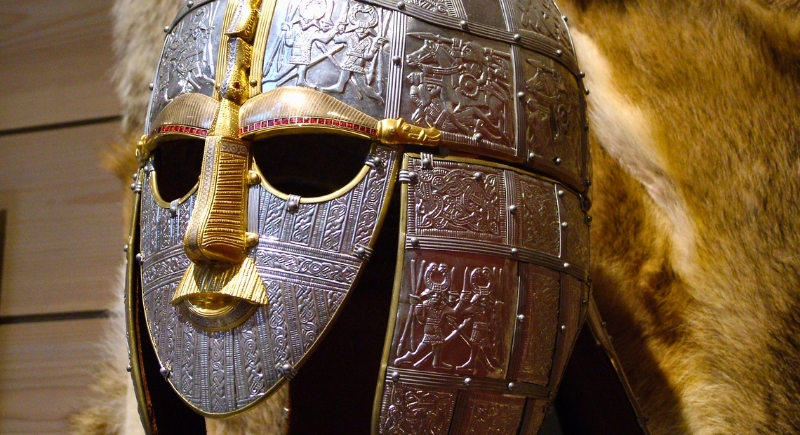
A ship burial discovered in Suffolk, England, in 1939 produced a helmet decorated with warrior motifs. Believed to have belonged to a 7th-century Anglo-Saxon ruler, the Sutton Hoo helmet tells scholars about rank and ritual, with patterns of dragons and warriors hammered into iron and tinned bronze plates.
The Silver Scrolls Of Jerusalem
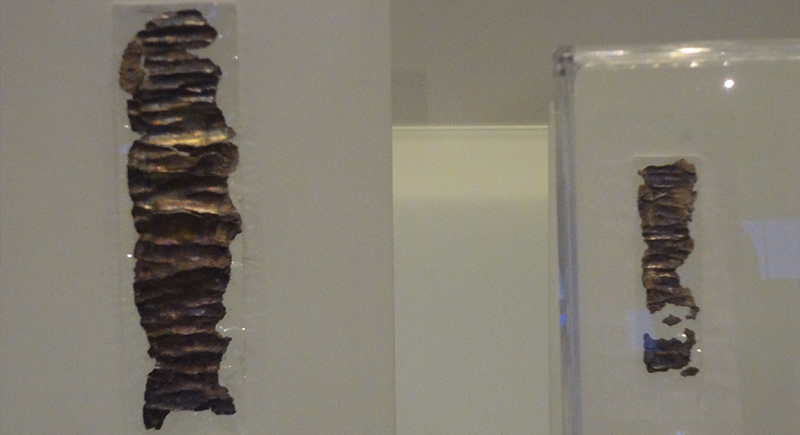
In 1979, tiny silver amulets were found rolled up in a Jerusalem burial cave. These scrolls carry some of the earliest known biblical inscriptions and preserved text from ancient Hebrew scripture. They show how personal faith objects accompanied burials.
The Tomb Of Fu Hao
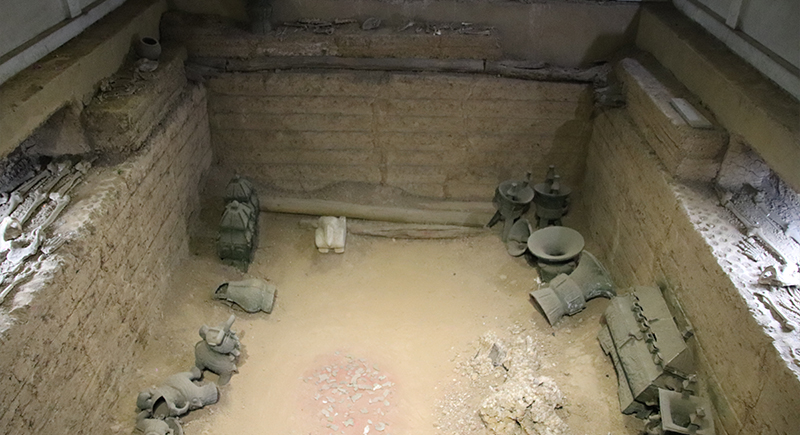
The site they found challenged old assumptions about women’s roles in ancient China. Archaeologists in Anyang, China, in 1976 uncovered the tomb of Fu Hao, a Shang Dynasty general and priestess. Her resting place contained bronze ritual vessels, jade ornaments, and weapons, all carefully arranged.
The Gold Of Varna
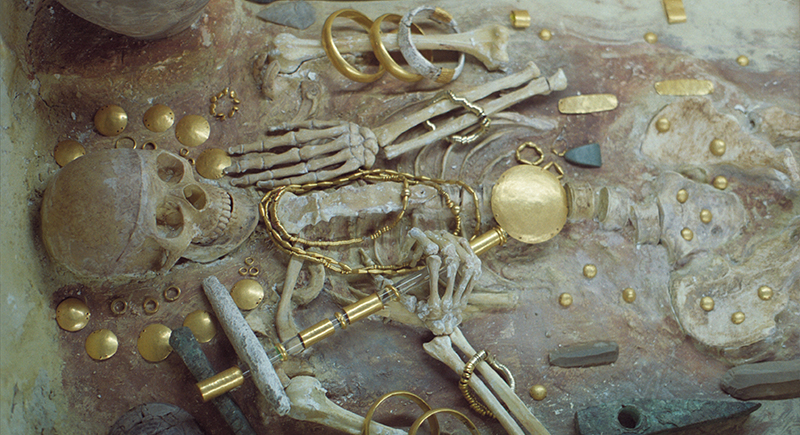
Workers digging near Bulgaria’s Black Sea coast in 1972 discovered what is now called the Varna Necropolis. Inside were hundreds of gold items, some dating back to 4600 BCE, considered the oldest processed gold ever found. The assortment hints at a complex society with wealth and hierarchy far earlier than once thought.
The Treasure Of Priam
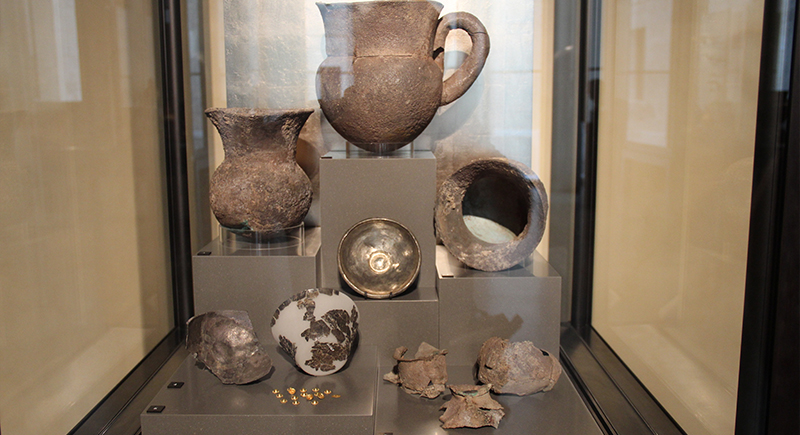
Heinrich Schliemann, in the ruins of ancient Troy during the 1870s, uncovered a cache of gold diadems, earrings, and vessels. He named it the Treasure of Priam to link it to Homer’s tales. Though the historical match remains uncertain, the objects themselves confirm a culture skilled in design and trade.
Queen Puabi’s Cylinder Seal
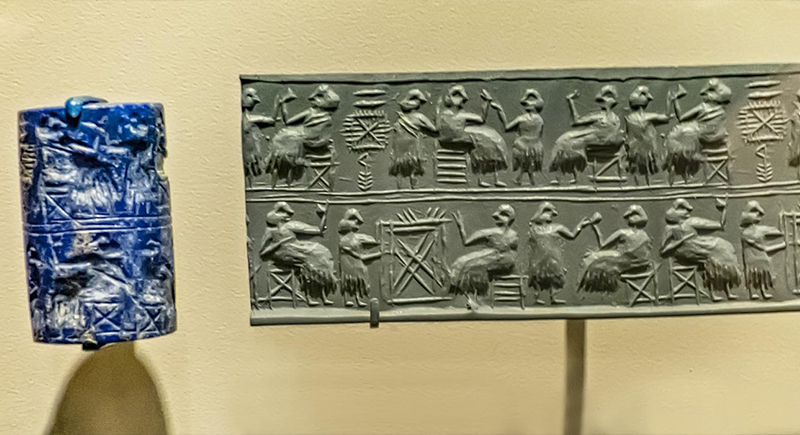
Within the Royal Tombs of Ur, a cylinder seal carved from lapis lazuli lay near Queen Puabi. This small object, used to stamp documents or containers, featured carved scenes that remain clear despite thousands of years underground. It offers proof that literacy and administration flourished in early Mesopotamia.
The Mummy Of Lady Dai
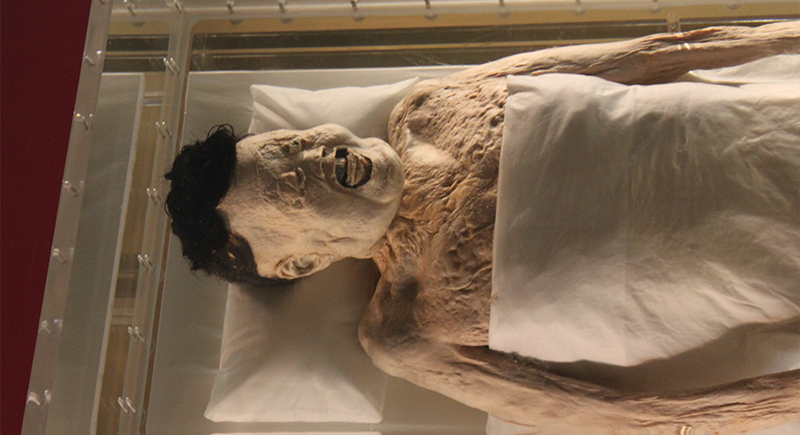
In 1971, excavators in Mawangdui, China, uncovered the remarkably preserved body of Xin Zhui, known as Lady Dai. Alongside her remains were silk garments, lacquered boxes, and even food items intended for the afterlife. Her tomb provides scientists with data on diet, medical treatments, and daily life in the Han Dynasty.
The Oxus Treasure
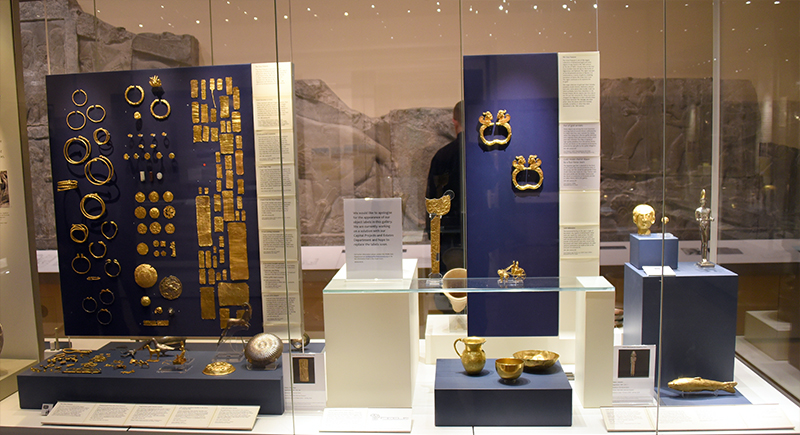
Near the Oxus River in Central Asia, a hoard of gold and silver artifacts surfaced, believed to date from the Achaemenid Persian Empire. Coins, ceremonial plaques, and intricate bracelets show the far reach of Persian artisans. Many pieces carry motifs of animals and gods.
The Tomb In Vergina
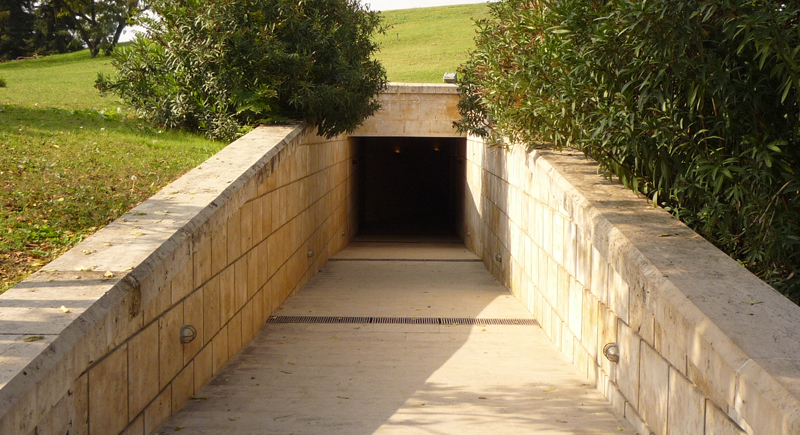
Excavated in 1977 in northern Greece, a tomb revealed golden larnakes and an ornate crown, possibly belonging to King Philip II, father of Alexander the Great. The objects suggest a royal burial rich in symbolism. Each item, from weaponry to decorative armor, offers clues to Macedonian art and lineage.